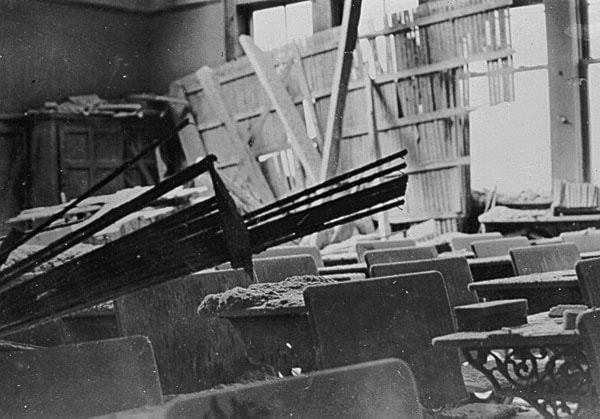VICTORIA – Friday's earthquake off Japan was a test for B.C.'s tsunami alert system, with beaches and coastal areas briefly evacuated and on alert for several hours.
It was also the latest in a long series of devastating events on both sides of the Pacific Ocean.
Geological evidence indicates there have been 13 great earthquakes in the last 6,000 years. One of the biggest in world history was the Cascadia megathrust event on the B.C. coast on Jan. 26, 1700, which sent a huge tsunami with impacts that can still be seen in Japan.
Japanese records confirm oral histories of First Nations people on Vancouver Island, which describe multiple landslides, prolonged shaking so violent people couldn't stand up, and the tsunami's destruction of the winter village of the Pachena Bay people with no survivors.
More recently, there have been four earthquakes of magnitude seven or higher in the past 130 years in southwest B.C. and northern Washington State, according to Natural Resources Canada's Earth Sciences Centre.
Canada's largest earthquake since 1700 was the magnitude 8.1 event on the Queen Charlotte Fault on Aug. 22, 1949. It damaged buildings on Haida Gwaii and in Terrace, and was felt as far away as Seattle.
The boundary between the Pacific and North American plates runs underwater along the west coast of Haida Gwaii, and is B.C.'s equivalent of the San Andreas Fault in California.
Provincial emergency officials advise B.C. residents to prepare for earthquakes and other natural disasters.
Schools and offices participated in an earthquake exercise in January, focused on taking cover under desks or tables when shaking starts. Do not stand in doorways or attempt to get outside initially, but wait for shaking to subside before evacuating on a pre-planned route.
At home, people should assemble an emergency kit with enough non-perishable food and water to last three days.
Other items should include prescription medicines, a first aid kit, whistle, a portable radio and flashlight with extra batteries, tools and a waterproof container with matches and money.
